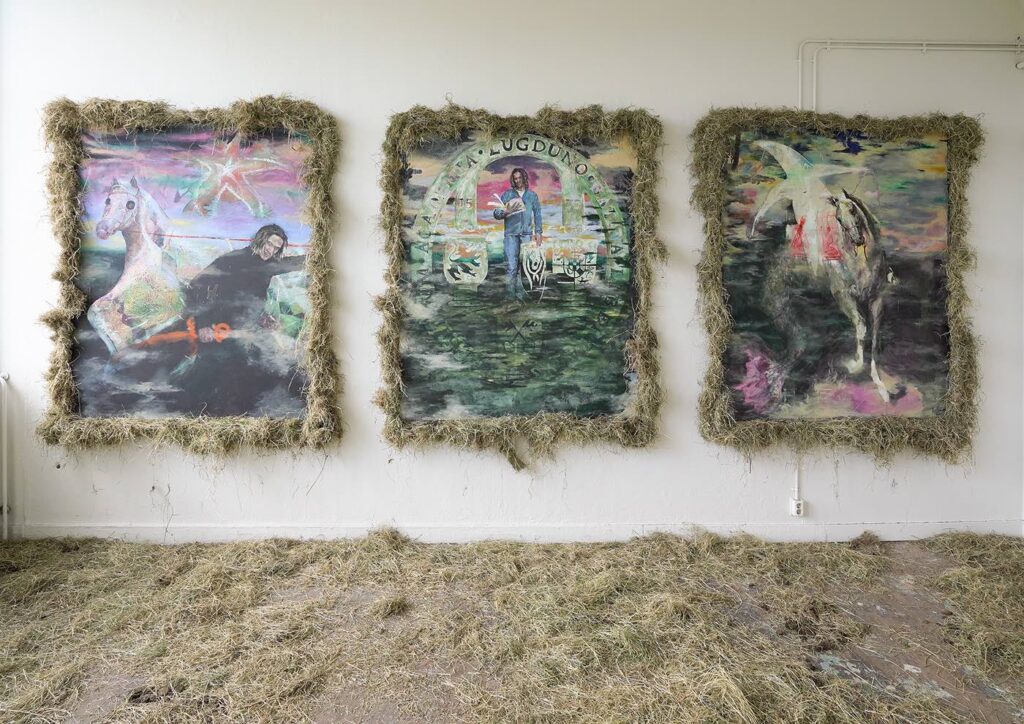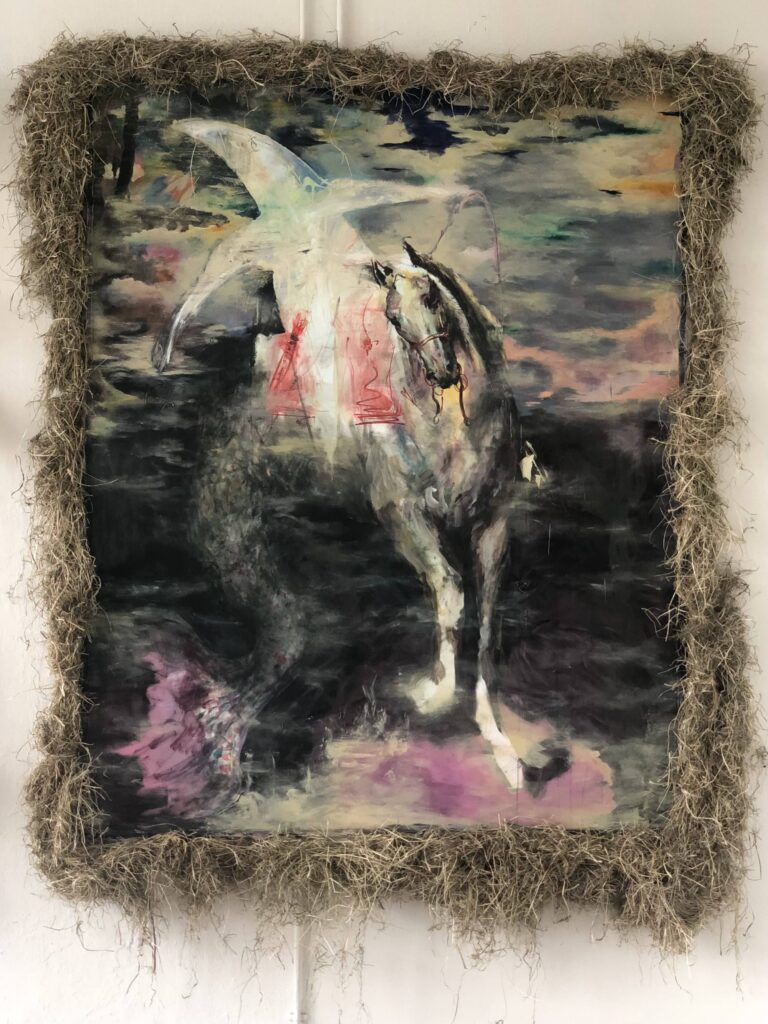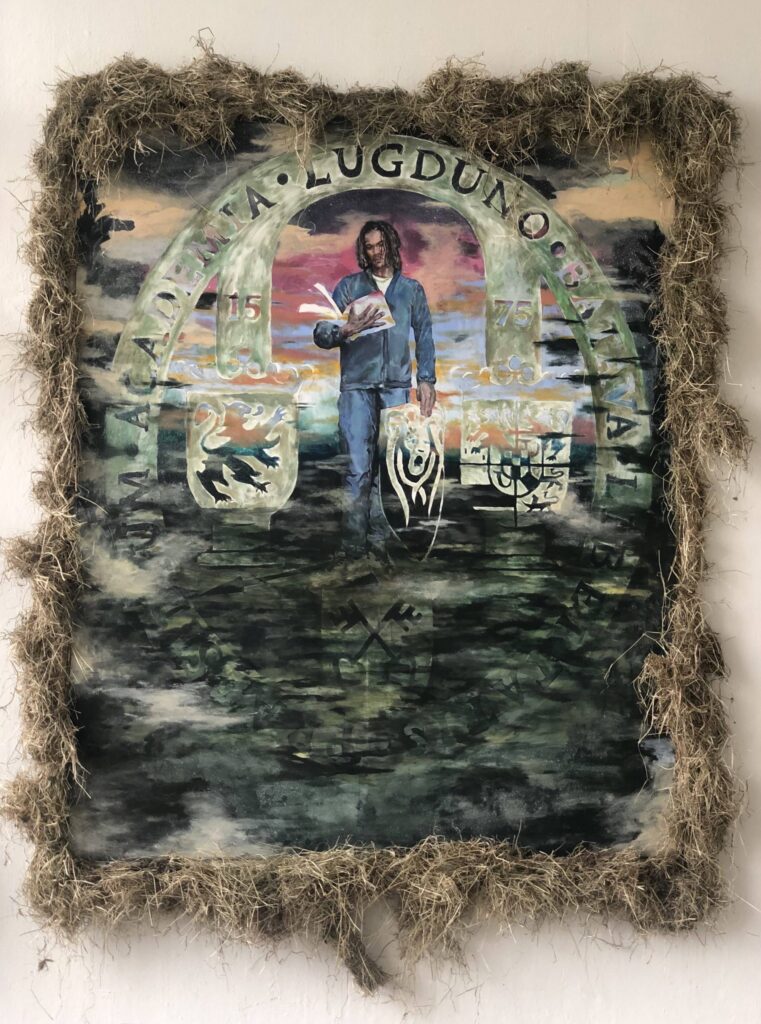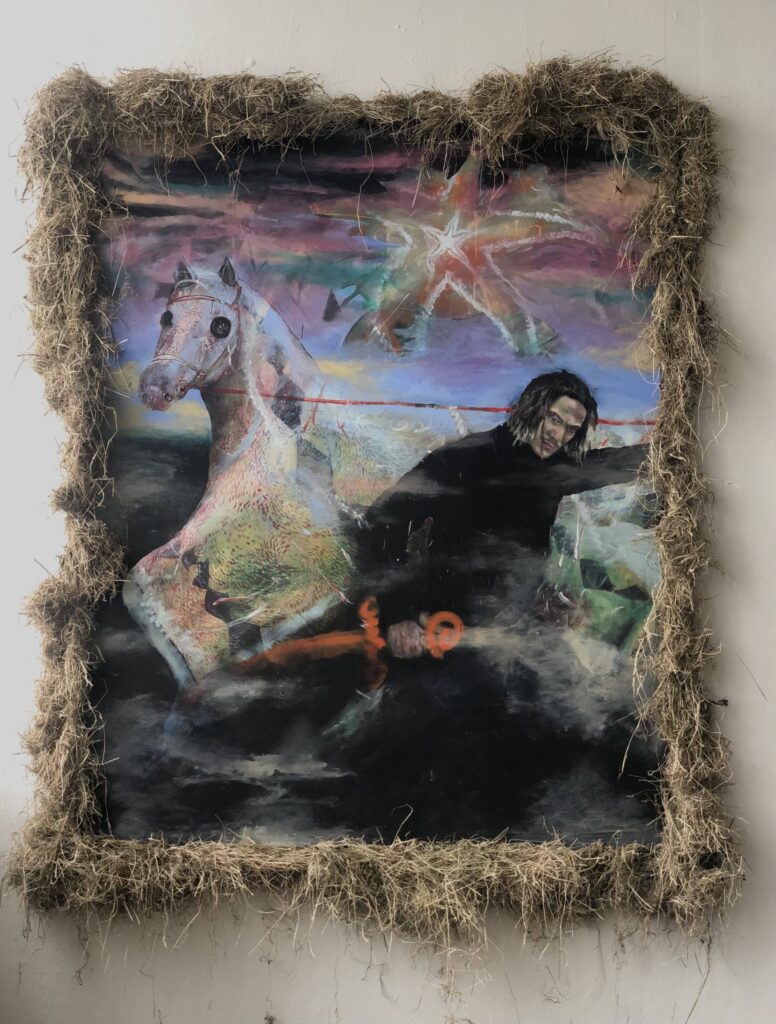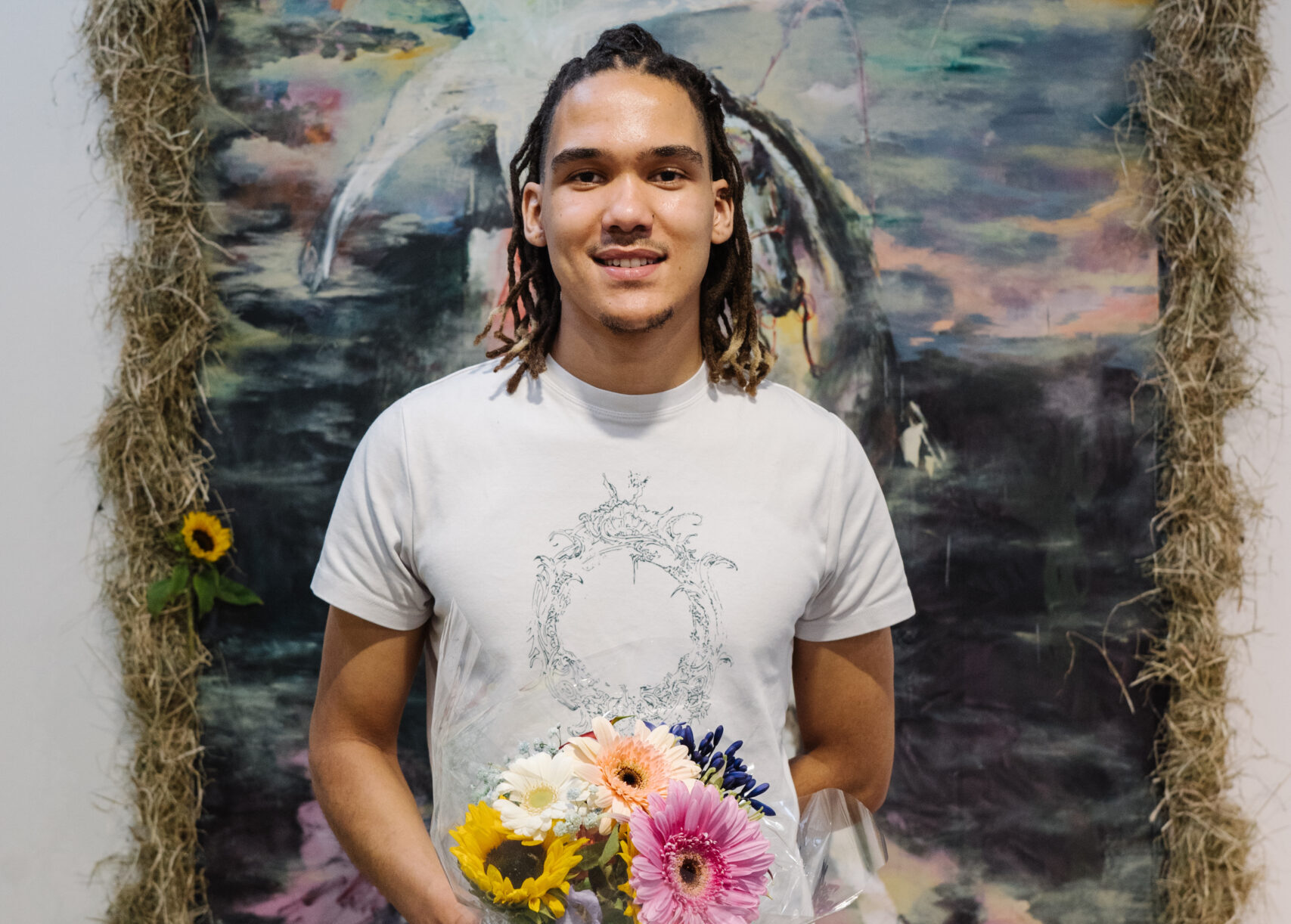
Joseph Thabang Palframan | Ontvanger RM Residency Award 2021
Q&A With Joseph Thabang Palframan – Recipient RM Residency Award 2021
13.09.21
Best of Graduates 2021 has officially come to an end and the Young Blood Foundation is pleased to share with you that this year’s edition has been a great success! We are grateful and proud of all participating graduates – and of course, our winners.
Before moving on to the next thing on our calendar, we would like to lay focus on our award winners one last time, and ask them some questions about their past, present, and of course, future:
Today, we focus on the winner of the RM Residency Award. By winning, Palframan will be given a studio residence at AVL Mundo, a foundation founded by Dutch visual artist Joep van Lieshout in Rotterdam. The residency comprises of our support and guidance during a period of six months.
RMYBF: Congratulations on winning the RM Residency Award 2021. What does winning this award mean to you?
JTP: Winning an award of any kind is an incredible feeling of acknowledgment, winning the RM Residency Award, at this point in my career, begins to surpass this; I feel a sense of duty. I want to make the most of it.
Support for half a year based in one of the Netherlands’ greatest cities is an opportunity very few get. I see my work as a way of translating my experiences- those things left unsaid. I hope to create the most interesting, thought-provoking body of work I have made so far.
Having people around that can discuss and challenge my views with is so valuable. Having the chance to work closely with Joep van Lieshout and operate within a loop of artists through the Young Blood Foundation and AVL Mundo is ideal for me. I want to help cultivate strong discourse and collaborative practices, as much as possible.
RMYBF: Who or what inspired you to become an artist?
JTP: I didn’t grow up with art. When I left London my friends spray painted ‘Joseph gone but never forgotten’ and I never forgot. I then moved to Botswana, there were power outages and water shortages. The night before my art exam the power cut and we ate dinner by candlelight. I had an orange for dessert; I wrapped its peel around an apple and put in back in the fruit bowl. The way the shadows engulfed the fruits enchanted me. It changed my approach to art making, I wanted to spread this enchantment.
For this reason, Steve Jobson and Sedireng Mothibatsela are major inspirations. The saltpans, its horizon, great Zimbabwe, Motopos, Victoria falls, the nighttime desert sky all cast impressions on my mind.
RMYBF: How is your identity reflected in the works of art that you create?
JTP: I couldn’t really communicate my worldview just like that; it has always been spread out and patched together by long airplane flights and car journeys. Cultures and traditions are mixed within me like a strong cocktail.
So much of art these days is about identity. And so much of identity seems to be engulfed by history like a large shadow that looms over us. Sometimes rays of light burst through the knowledge canopy, hitting the forest floor, allowing forgotten identities to begin to grow again.
I think my work gives me an ownership over my identity; through my practice I can explore what identity means, I can situate myself. I’m always thinking about the function of my works, if they can’t dance through all the places and communities that make up who I am, they are no artworks of mine.
RMYBF: What is it that you would like to achieve through your art?
JTP: My practice has given me room for thought, a way to measure myself healthily. I’d like my work to function as an antonym for the misunderstandings I have witnessed. Results of these conditions change character; I would like my work to be relatable. I would like it to be fulfilling.
There are gaps in our collective memory. Only recently after years of education do I feel like art spaces could be places for all. I want to help facilitate this change, commenting and reflecting upon contemporary life. I would like my work to bridge spaces and encourage cross-institutional collaborations.
RMYBF: If you could travel back in time, what would you tell your younger self, the one in the first grade of art school?
JTP: I would tell myself to speak up when I feel it bubbling, be courageous in your vision. I found it easy to drift into places of self-doubt, waiting for acceptance to float my way so I would remind myself that I’m a strong swimmer, that frames are fluid and they can drop off the body like fabric.
RMYBF: Dream BIG, where do you want to be within the next 5 years?
JTP: I hope that I will have made the most of whatever opportunities come my way. I want to understand the traces I leave as I travel through art institutions and to help facilitate for those that’ll come after me.
Investing in art was a strange one that seemed so far removed it wasn’t really an option. I enjoyed art classes, but never aspired to be an artist. I hope that when it comes to it my artworks can engage with and relate to more expansive audiences.
RMYBF: Finish this sentence: what recently graduated artists need in order to survive and become successful is…
JTP: Support as well as momentum.
